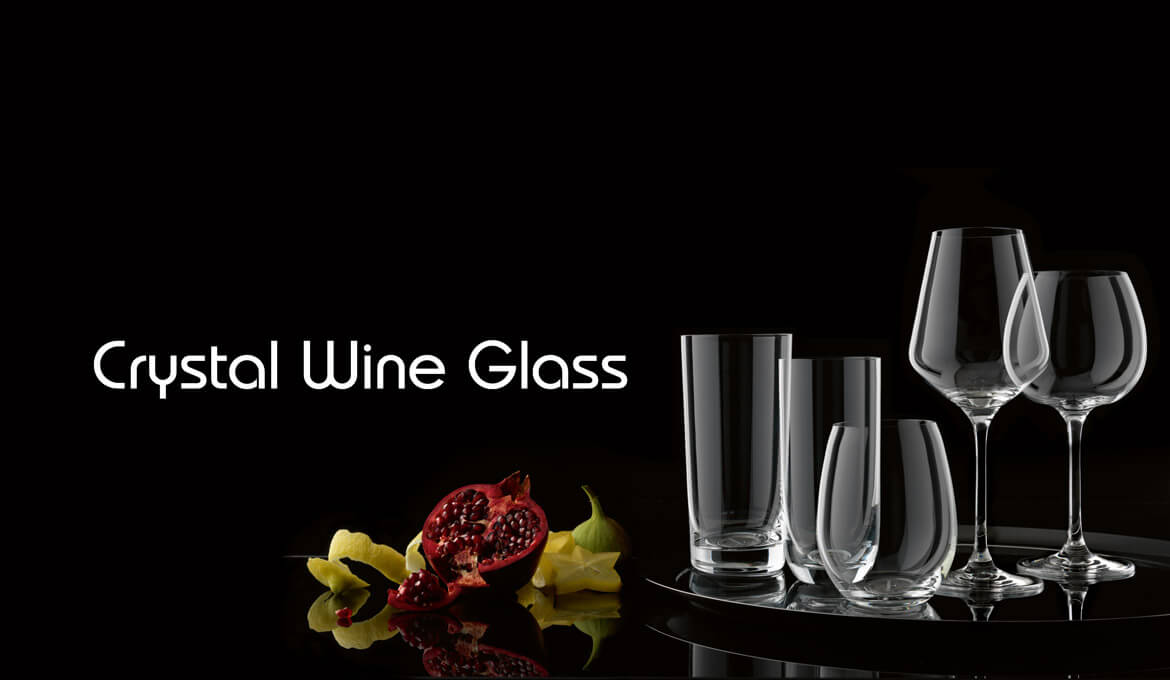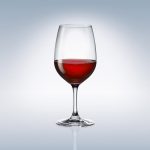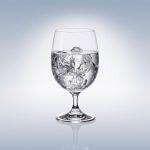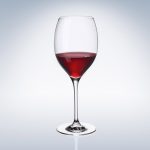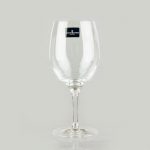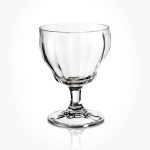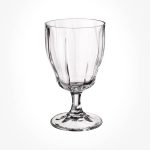Red Wine Glasses – Tips for selecting Best Glass
If there is one point that that has struggled to gain acceptance in the circle of wine lovers, it’s this “The shape of a wine glasses influence our perception of the quality of a good red wine.” In popular imagination the quality of the wine is an absolute value: The good wine will be good regardless of the shape, size or material of the glass or stemware. However, many people believe that taste is subjective, and it can be influenced by the properties of the glassware.
Glass does play a significant role, of course, it doesn’t turn bad wine into good wine or vice versa. No, the glass acts as a developer: It makes us (or not) discover some aspects and characteristics of the wine. The best analogy that fits the scenario is that of someone listening to the music by Mozart on an old transistor, the music itself is not horrible. However, you miss out on many things due to the sound quality of the conductor.
The glass is involved in all aspects of taste:
- – The eye: with its shape and appearance glass puts us in a particular state of mind.
- – Nose: Glass reveal more or less of flavours will varying force.
- – The mouth: The shape influences the aeration of the wine, on the touch of the lips, on the air suction, and liquid velocity.
The size and shape are of great importance, the material is much less, especially since the generalisation of the lens. It’s tough to differentiate in blind tests ( and even with open eyes), a crystal glass with a lens containing 10 to 34% lead, or a crystal glass with more than 24% lead. There are few things when it comes to colour to be noted. It’s better to avoid chiselled or coloured glasses because they prevent a clear view of the wine and influence our feelings. Also if the glass is too thick, it gives the heavy wine impression.
The shapes of the glass:
Almost all modern wine glasses geared for tasting come in the same form: a narrow foot, a more or less wide body that tightens upwards. This tightening is essential because it allows the concentration of aromas that are better perceived by the nose, either when you sniff the wine or when you bring the glass close to your mouth (our nose breathes wine while the liquid flows in our mouth}. This form of glass is also used by the vast majority of professionals for special tastings.
The two most familiar shapes of glasses are Bordeaux and Burgundy.
- -. Bordeaux red wine glass
Bordeaux red wine glasses are designed with tall stem and a wide bowl; it’s used for full-bodied red wines like “Cabernet Sauvignon and Syrah” as it delivers the wine deep in the back of the mouth. - -. Burgundy Red Wine Glass
Broader than the Bordeaux glass, it has a bigger bowl to accumulate aromas of more delicate red wines such as Pinot Noir. This style of glass directs wine to the tip of the tongue.
Find yours and Buy Perfect Red Wine Glasses
CLICK>>HERE TO ORDER HIGH-QUALITY BORDEAUX AND BURGANDY WINE GLASS
Shall I use the different glass of each type of wine or use same glass?
We find fans and followers of both choices. Chloris tableware developed its image around the range of different high-quality wine glasses from top brands in every shape, designed for very specific or the variety of wines. When choosing wine glasses, there are some regional traditions. However, a universal glass for both white wine and red wine is fine to use. This solution is most practical, and it makes the choice of glass in question all the more delicate.
To better understand the influence of the shape of the glass on our perceptions, we must keep in mind that we perceive sweet on the tip of the tongue, and acidity on the back of the tongue. A glass with right kind of pout (a slightly outwardly flared tip) will put the wind in the tip of the tongue thus increase our perception of sweetness and alcohol. In contrast, a massively tightened glass gives the wine certain speed, and it quickly passes the tip of the tongue to further back. Our perception of sweetness is then lowered, and acidity is better highlighted.
For champagne, the form has been oriented towards a slim profile, and it’s named champagne flute. The narrow shape makes it easier to enjoy the bubbles rise, but again the glass is tightened up to concentrate the aromas; so it is better to avoid too straight shapes. Some glasses are “marked”: the manufacturers intentionally create a brand scrapping the bottom of the glass to favour the formation of bubbles. Note that (good) champagnes can also be served in the classic white wine glass. Being larger, it can better reflect the vinous character of the champagne.
Concerning taste, the wide champagne glasses has few drawbacks: the aromas soar, champagne bubbles vanishes very quickly and while holding it requires constant attention.
What red wine glass size should I choose?
There was a time when people used huge glasses that can hold their favourite liquor in vast amounts, the capacity of these glasses often outweigh the size of a single bottle of alcohol. They were fun to look at, but it got to a point where it became impractical. But people still do it because there’s this misconception many people hold that if it’s a great wine, then it must be served in a large glass. Many restaurants try to keep this belief alive by serving their good wines in giant glasses. Thankfully, this fashion of serving wine in such glasses is fading slowly. In a giant serving glass, the wine seems to disappear in the background. Wine’s aroma withers in the “great void”. Ventilation is often too high (this is not great for old wines). And additionally, a large glass often make the drinker do gymnastics acts when they decide to drink. You either have to balance the glass on one hand delicately, but it’s too big. You tilt your head at a weird angle just to get that precious sip. So for practicality’s sake, we now have well-sized glasses that come in various sizes, perfect for the amateur drinker who just wants to enjoy their burgundy.
For universal glass, the holding area between 25-45 cm is well suited. Many people think that red wine glass should be larger than the white wine glass. Why not, however, it’s not essential except perhaps for tannic wines which are not decanted.
These days it’s common to use glasses without the foot to savour water. It facilitates proper identification and table looks aesthetically pleasing. These glasses are sold as wine glasses which enables the manufacturers to ride the wave and sell more of their products. However, it doesn’t constitute a step forward in searching for quality in taste.

